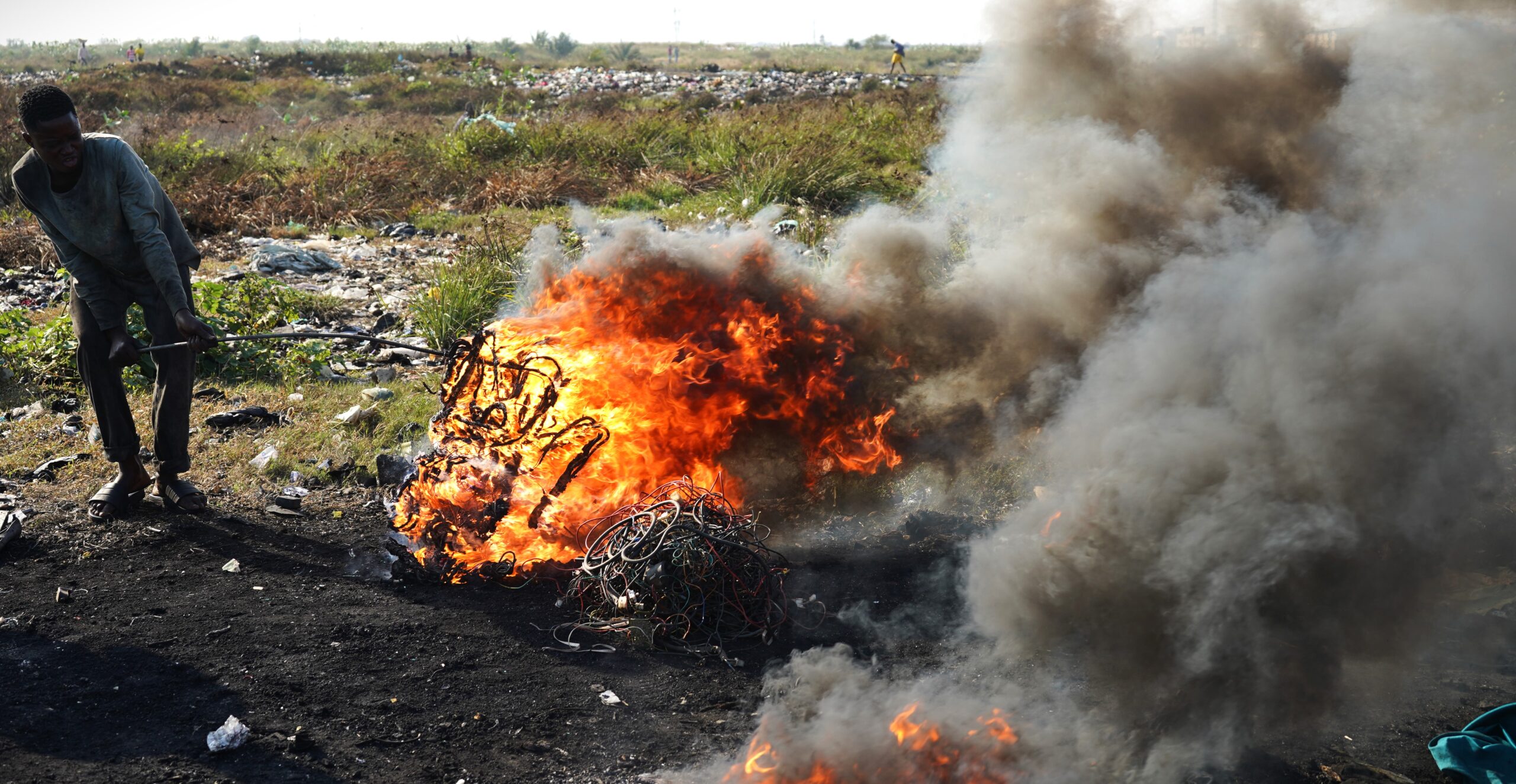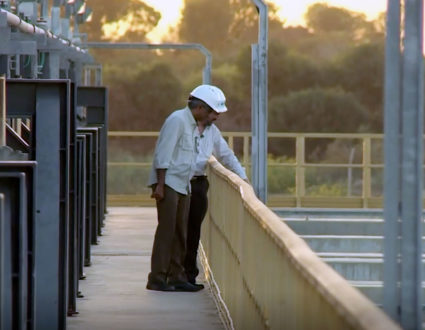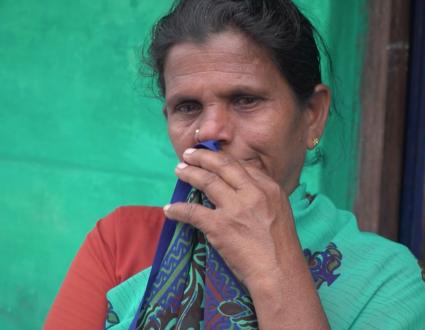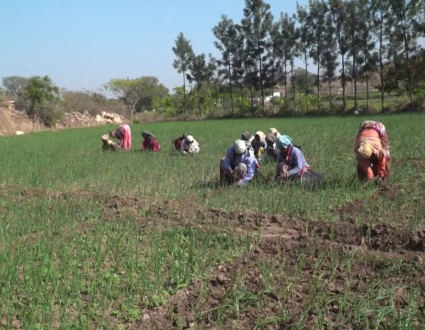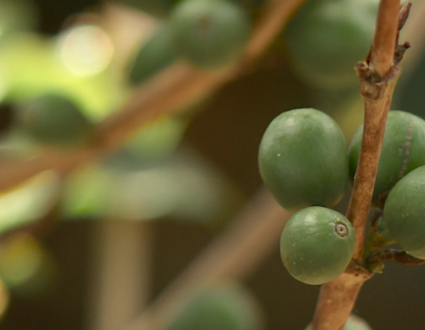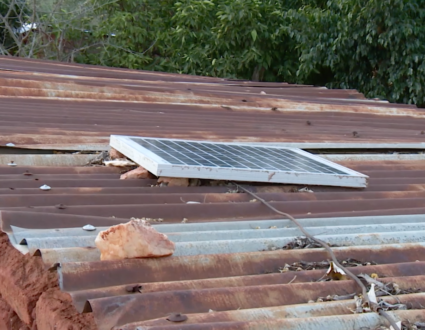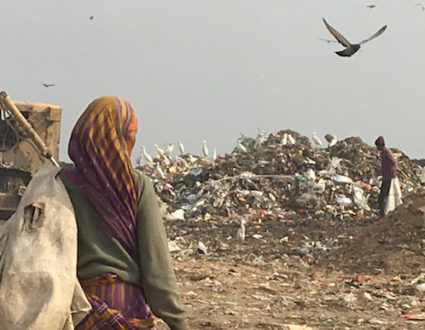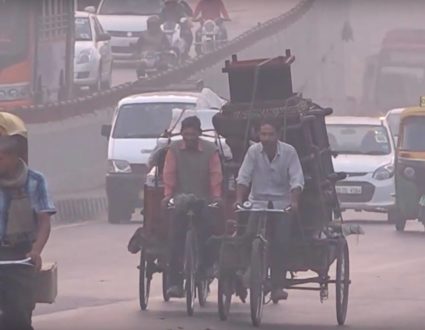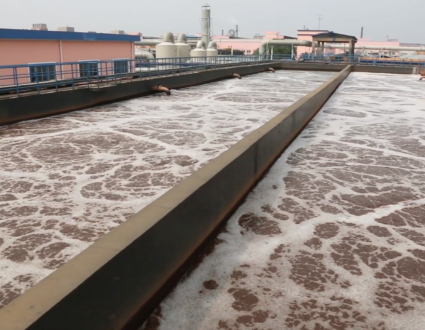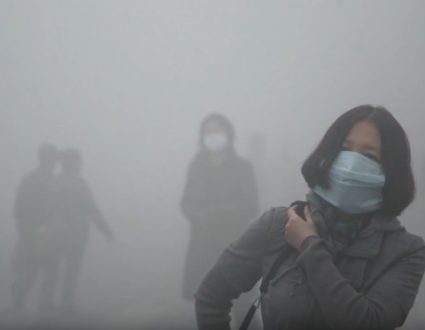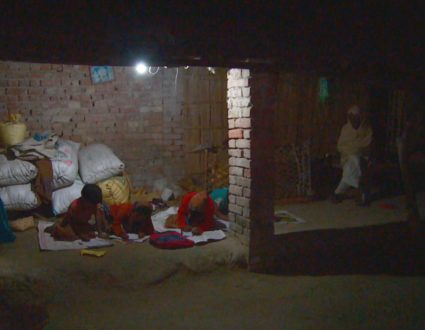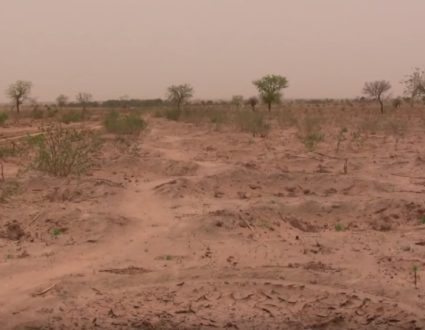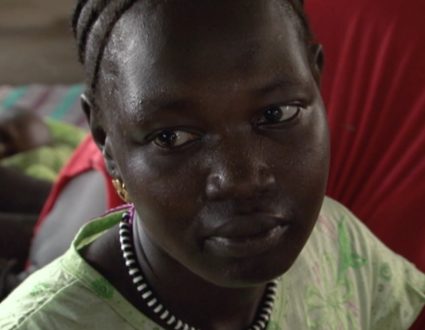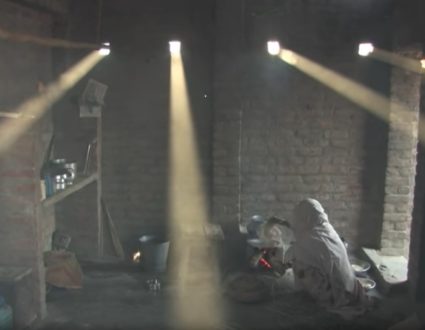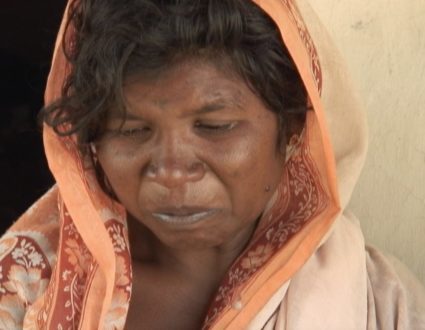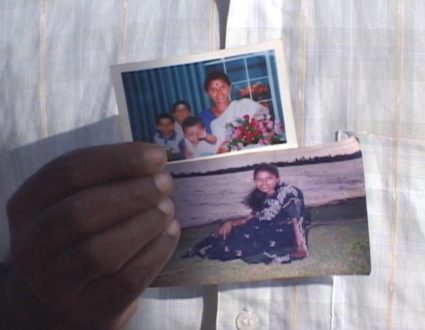- Geoff Bennett:An estimated 20 million people are thought to earn their livelihoods in the global waste industry, collecting, disposing, repairing or repurposing a wide range of materials and products.But the cost and consequences of handling waste are borne far more heavily in developing nations.In his previous story, Fred De Sam Lazaro reported on the impact of used car and electronic waste imports in Ghana, today, the waste from textiles.Fred’s report is in partnership with the Pulitzer Center.
- Fred De Sam Lazaro:If you have ever wondered where most of the clothes you took to the thrift store go once they have been picked over, this is one likely destination, Kantamanto market in Ghana’s capital, Accra.I got here at 6:00 on a Saturday morning and business was already in full swing. As she’s done for years, Lizzie Naltuy snipped open the bale of denim jeans. It was fresh off the boat, but a good part of the pile, she said, way beyond well-worn.
- Lizzie Naltuy, Garment Merchant:All this you are seeing here is trash.
- Fred De Sam Lazaro:Is it torn? Is it faded? What is it?
- Lizzie Naltuy:Yes. It’s torn and some are faded. Nobody buys it.
- Fred De Sam Lazaro:It’s pure lottery. Vendors don’t know exactly what they will find in the bundles they buy from importers of used garments.Are there some good days and some bad days or…
- Joyce Asiamah, Garment Merchant:They’re all the same.
- Fred De Sam Lazaro:Joyce Asiamah is sorting through her own morning pile.
- Joyce Asiamah:They’re all bad.
- Fred De Sam Lazaro:All bad?
- Joyce Asiamah:Yes. Look at the colors. It’s too black, black, black, black. It’s not good. They like the bright colors like this. You have to reduce the price.
- Fred De Sam Lazaro:You have to reduce the price.
- Joyce Asiamah:Yes.
- Lizzie Naltuy:They don’t like it.
- Fred De Sam Lazaro:You’re looking for stretch waist.
- Lizzie Naltuy:Yes, yes, stretch waist.
- Fred De Sam Lazaro:Some days, Naltuy says she discards up to a half of these clothes.
- Lizzie Naltuy:Throw it to the dustbin.
- Fred De Sam Lazaro:Throw it in the dustbin.
- Lizzie Naltuy:Yes.
- Fred De Sam Lazaro:Do you know what happens to it from the dustbin?
- Lizzie Naltuy:Sometimes, people will go and use it to set fire.
- Fred De Sam Lazaro:As fuel.
- Lizzie Naltuy:Yes, as fuel. Yes.
- Fred De Sam Lazaro:Fuel for some of the fires at a vast dump site where electronic waste is incinerated to recover metals like copper. But much of the textile waste lands up in lagoons and waterways leading into the Atlantic Ocean, which sends a lot of it right back to shore.
- Rahman Botchway, Fisherman:The biggest problem we have is rubbish.
- Fred De Sam Lazaro:Thirty-four-year-old fisherman Rahman Botchway told us the nets cast from boats here gather a lot of rubbish alongside fish.
- Rahman Botchway:Now we are starting collecting the rubbish, putting one side and then collect the fish to one side.
- Fred De Sam Lazaro:It’s one more headache for communities already struggling with unpredictable weather conditions and large commercial fleets that leave very little for small operators to catch and fishmongers like Mariam Abu Bakari (ph) to sell.
- Michael Anane, Environmental Journalist:This is nothing. I mean, she says, sometimes, you come here, there’s nothing and you have to go back empty-handed. Yes. So, she’s saying that: “I mean, with this situation, how can I make money to take care of my family?”
- Fred De Sam Lazaro:It’s very obvious to see all the physical and visible pollution along these beaches with all of the textile waste. What’s less visible, but equally as consequential, is the sheer volume of microplastics and synthetic fibers that is in all this waste, stuff that will never biodegrade.
- Liz Ricketts, Co-Founder, The Or Foundation:Essentially, now all of the clothes have high levels of polyester blended into them or are 100 percent polyester.
- Fred De Sam Lazaro:Liz Ricketts started a nonprofit here in 2011 attempting, among various efforts, to repurpose or upcycle waste, creating new garments or products like this fiberboard construction material.We talked a few days after my return from Ghana.
- Liz Ricketts:Our team is removing an average of 20 tons of textile and plastic waste from the beach on a weekly basis. Every single week, that waste is replenished.
- Fred De Sam Lazaro:Ricketts is American. She spent years in New York and London as a designer in an industry that she says has become a breathless high-volume business. It went from two seasons a year to five with garments sewn cheaply in low-wage countries and marketed incessantly, she says.
- Liz Ricketts:It’s driven on this scarcity mind-set that tells you that if you don’t buy this thing right now, you are not going to fit in or you are not going to have that second date. Whenever we feel insecure, we’re pulling up our phone and we’re scrolling and seeing if there’s something we want to buy.
- Fred De Sam Lazaro:One result, a lot of excess is donated to thrift stores, who sell perhaps 10 percent of it. And their excess is bought by middleman exporters and winds up in countries like Ghana, which Ricketts says have almost no capacity to recycle.
- Liz Ricketts:We’re proud of what we’re doing, but we’re not delusional. There’s no way that it can meaningfully scale if brands continue to overproduce, because we will just continue to be buried under a mountain of clothes.
- Fred De Sam Lazaro:We reached out to the American Apparel and Footwear Association, which said in a statement that the industry would support federal policies and regulations to encourage — quote — “textile-to-textile recycling and the necessary infrastructure to support it.”Another group, the U.S. Fashion Industry Association, added in its statement: “No one in the industry is intentionally making clothing that will go to landfills or to developing countries.”They referred us to a group they support called Accelerating Circularity. Formed five years ago, it has launched a number of preliminary trials it hopes someday to scale up, promoting a so-called circular economy, more reuse, less disposal, and proper recycling.Kate O’Neill, University of California, Berkeley: Well, the idea would be that it does go somewhere it’s adequately recycled.
- Fred De Sam Lazaro:But University of California Berkeley professor Kate O’Neill, who studied the global waste industry, says recycling won’t come close to solving the problem.
- Kate O’Neill:With fast fashion, you’re really talking about how to switch off that tap.
- Fred De Sam Lazaro:Get people to buy fewer clothes?
- Kate O’Neill:Yes, fewer clothes, better made, have people repair them. But, again, it’s partly changing people’s mind-sets.
- Liz Ricketts:There has been a shift.
- Fred De Sam Lazaro:Liz Ricketts senses a shift in mind-set, not just among consumers, but the fashion industry, especially given the increasing visibility of the excess, she says, the climate and the environmental consequences.
- Liz Ricketts:Most of the brands have said, look, we hear you, and we understand that this is something that we ultimately need to be doing. But they’re afraid of being the first brand to do it. So, this is not something that’s going to change overnight.
- Fred De Sam Lazaro:At the same time, she says she’s not calling for a ban on used clothing imports, a trade that employs an estimated 30,000 Ghanaians in Accra alone.
- Michael Anane:We have had trade in secondhand clothing for ages, for decades.
- Fred De Sam Lazaro:Mike Anane, an environmental journalist we hired as a consultant, remembers walking along pristine beaches here just two decades ago. And, like most Ghanaians, his family bought secondhand clothes.
- Michael Anane:And, in the past, it was good business for all the traders and even the general public here. People would go to the market and buy suits That would last for decades.
- Fred De Sam Lazaro:At Kantamanto market, Joyce Asiamah yearns for a return to that time.
- Joyce Asiamah:Ghana is not a dumping place. They shouldn’t bring it here. You want quality things, nice things, stylish ones.
- Fred De Sam Lazaro:Some U.S. states and the European Union have begun or will begin requiring garment retailers to collect and recycle used clothes. The system is expected to be modeled after similar efforts at electronics retailers, who add a recycling fee when goods are purchased.Currently, just 20 percent of discarded textiles are actually collected.For the “PBS News Hour,” this is Fred De Sam Lazaro in Accra, Ghana.
- Geoff Bennett:Fred’s reporting is a partnership with the Under-Told Stories Project at the University of St. Thomas in Minnesota.
Tossed out and washed up
How textiles are smothering the global south
If you have ever wondered where most of the clothes you took to the thrift store go once they have been picked over, one likely destination is Kantamanto market in Accra, Ghana. Millions of second-hand garments are shipped here and resold, but fast fashion has inflated the imports with poor quality garments that cannot be sold. Instead, they’re tossed out and end up smothering Ghana’s coastline creating problems for the environment and fishing community alike. In this story, we report in partnership with the Pulitzer Center on efforts to tackle this waste.







